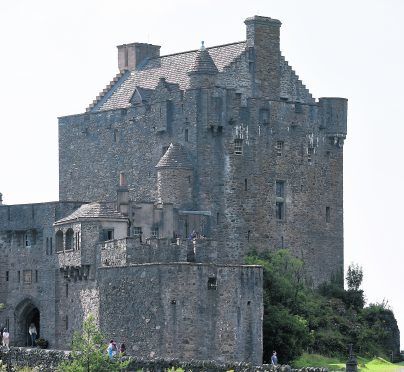The Highlands welcomes more overnight visitors than Glasgow each year, according to a study showing the industry’s “vital impact” on local communities.
The research, carried out by VisitScotland, also revealed that, in Argyll and Bute and the Highlands, tourism employment accounts for nearly double the national average of 9%.
And between them, Aberdeen City, the Highlands, Edinburgh, Glasgow, and Fife accounted for almost half of the jobs in the sector in 2015, with 103,400 posts out of 217,000 nationwide.
Tourism has the biggest impact on employment in Argyll and Bute, with 17% of the population employed in the sector.
Other areas leading the way in tourism employment include the Highlands with 14%, South Ayrshire with 13%, and Orkney at 12%.
The study also showed that the local authority areas which include the most tourism businesses relative to their population are Argyll and Bute with 13.5%, Dundee with 11.5%, North Ayrshire at 11.3%, West Dunbartonshire with 11.3% and the Highlands with 11%.
The top 10 most visited regions in Scotland by overnight visitors are Edinburgh with 2,276,000 trips, followed by the Highlands with 1,777,000.
In comparison, Glasgow City had 1,682,000 overnight visitors, Argyll and Bute had 891,000, Perth and Kinross had 721,000, Dumfries and Galloway recorded 702,000, Aberdeen City had 661,000, Fife had 528,000, Stirling welcomed 432,000 and South Ayrshire had 373,000.
Tourism Secretary Fiona Hyslop said: “It is a key part of our economy, right across Scotland.
“As VisitScotland’s figures show, it is vital in supporting some of our most fragile, rural communities.
“The Scottish Government and our public bodies are working in partnership with the industry to create sustainable and inclusive economic growth for everyone, throughout the year.”
Malcolm Roughead, Chief Executive at VisitScotland, added: “Tourism is more than a holiday experience – it is integral to sustaining communities across Scotland by generating income, creating jobs and stimulating social change.
“More and more people are realising just how important the sector is to the economy and these figures illustrate this vital impact that is growing year on year.
“Scotland’s reputation as a quality destination relies on continued investment and innovation to ensure that current provision meets future demand.”
